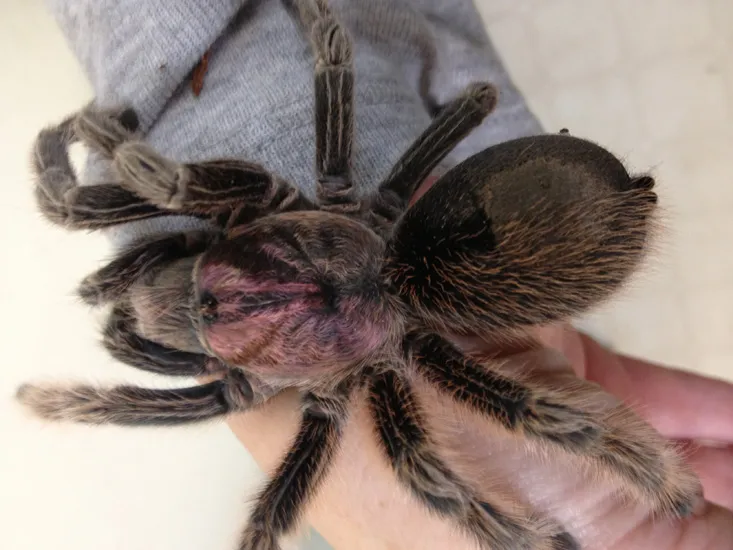Why Heat is Important for Rose Hair Tarantulas
Providing the right heat is crucial for the health and well-being of your rose hair tarantula (Grammostola rosea). These fascinating creatures, native to the warmer regions of South America, thrive in specific temperature ranges. Heat plays a vital role in their metabolism, digestion, and overall activity levels. Without adequate warmth, a rose hair tarantula may experience sluggishness, a decreased appetite, and difficulty molting. Incorrect temperatures can also make them more susceptible to illnesses and infections. Therefore, understanding and maintaining the correct heat levels is paramount for responsible tarantula ownership. Providing heat is a fundamental aspect of creating a suitable habitat for your pet, ensuring they can live a long and healthy life. A healthy tarantula is an active tarantula.
Optimal Temperature Range
The Ideal Temperature
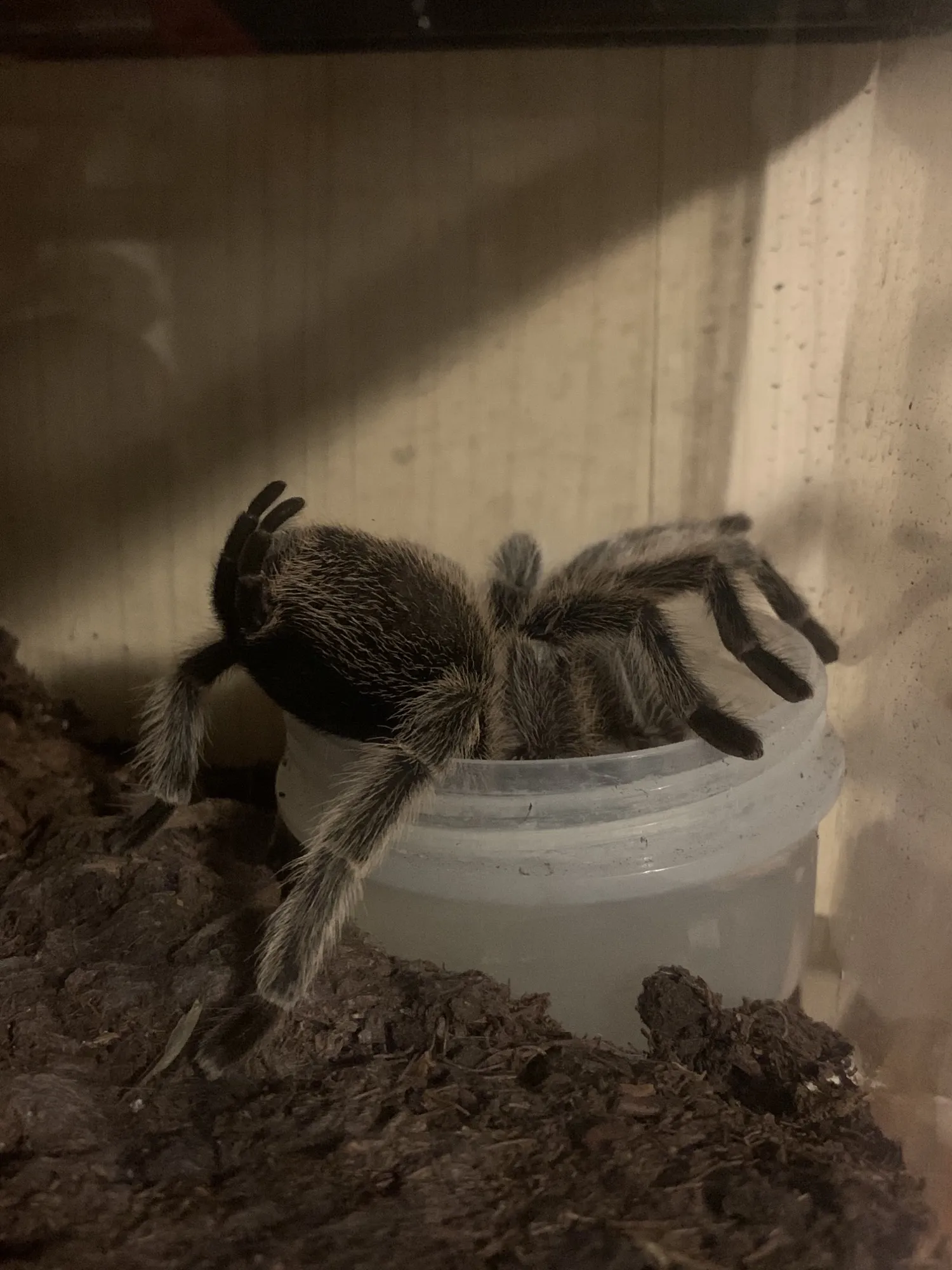
The ideal temperature range for a rose hair tarantula is typically between 75-85°F (24-29°C). Maintaining this temperature range helps to ensure that your tarantula can properly digest food and has the energy to engage in normal behaviors such as web-spinning and exploring its enclosure. Consistent temperature allows the tarantula to thrive and live in comfort. It’s important to note that slight fluctuations within this range are generally acceptable, but prolonged exposure to temperatures outside this range can be detrimental to the tarantula’s health. Always monitor the temperature within the enclosure to ensure that it stays within the recommended parameters for the safety of your pet.
Consequences of Incorrect Temperatures
Exposure to temperatures outside the optimal range can lead to serious health problems for your rose hair tarantula. Too cold temperatures can cause the tarantula to become lethargic, lose its appetite, and become more vulnerable to diseases. Conversely, excessively high temperatures can lead to dehydration, heatstroke, and even death. Molting can become difficult or even fatal if the temperature is not ideal, as the tarantula’s metabolism and ability to shed its exoskeleton are directly affected by the surrounding temperature. Therefore, temperature control isn’t just about comfort; it’s a matter of survival for these delicate creatures.
Heating Methods
Several heating methods are available for maintaining the correct temperature for your rose hair tarantula. The best choice depends on factors such as your enclosure setup, the ambient room temperature, and your personal preferences. It’s crucial to choose a method that provides a consistent and reliable heat source without creating dangerous hotspots or drying out the enclosure excessively. Safety is the most important factor when deciding what is best for your tarantula and ensuring their long life. Make sure you do extensive research to decide what best works for you and your pet.
Under Tank Heaters (UTHs)
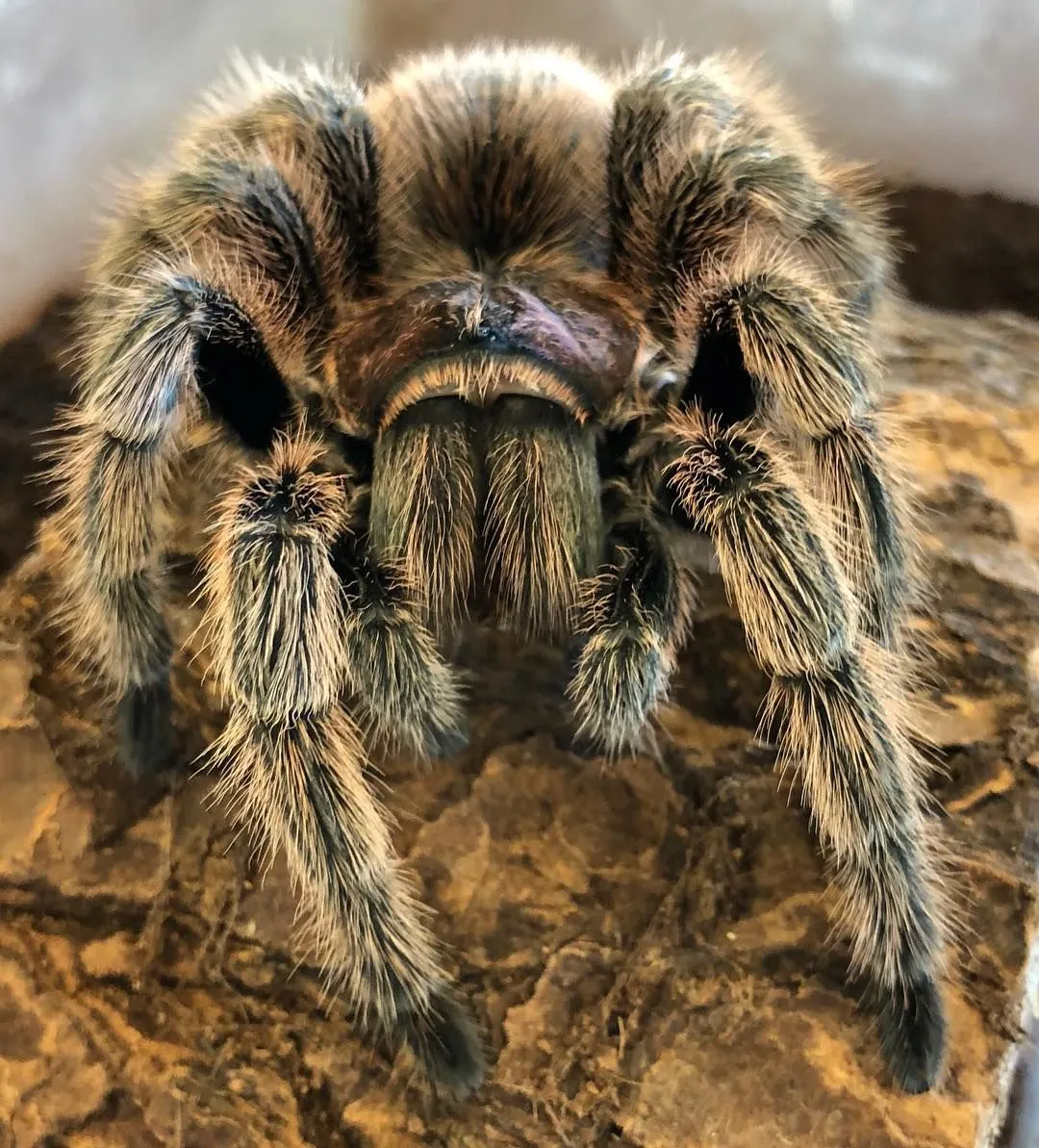
Under Tank Heaters (UTHs) are a popular choice for heating tarantula enclosures. These heaters are placed on the underside of the enclosure and provide a gentle, consistent heat source. UTHs are particularly effective for heating the substrate, allowing the tarantula to burrow and thermoregulate as needed. Always use a thermostat with a UTH to prevent overheating and ensure the safety of your tarantula. They are relatively energy-efficient and don’t emit light, which is beneficial since tarantulas are nocturnal animals. When using an UTH, it is important to ensure that the entire bottom of the enclosure does not receive heat, as the tarantula will not be able to escape the heat if needed. Proper placement is necessary.
Pros and Cons of UTHs
- Pros: Consistent heat source, energy-efficient, no light emitted, promotes natural burrowing behavior.
- Cons: Can be difficult to regulate heat across the entire enclosure, potential for hotspots if not used with a thermostat, not suitable for all enclosure types (e.g., glass).
Heat Lamps
Heat lamps, or ceramic heat emitters (CHEs), are another option for heating tarantula enclosures. These lamps emit infrared heat, which warms the air and substrate. Heat lamps are particularly useful in larger enclosures or in rooms with cooler ambient temperatures. However, it is important to use a thermostat to regulate the heat output and avoid overheating. The type of bulb used is important to keep in mind when choosing a lamp. Many bulbs emit light, which can disrupt the tarantula’s natural sleep cycle. Be sure to find bulbs that do not produce light to accommodate the nocturnal habits of your pet.
Pros and Cons of Heat Lamps
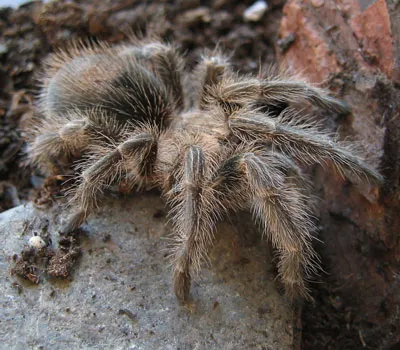
- Pros: Can heat larger enclosures, effective in cooler rooms, some models emit no light.
- Cons: Can dry out the enclosure, require a thermostat, can create hotspots if not monitored carefully.
Choosing the Right Heating Method
The best heating method for your rose hair tarantula depends on your specific setup and the environmental conditions. Consider the size of the enclosure, the ambient room temperature, and your budget. UTHs are generally a good choice for smaller enclosures and provide a more natural heating profile. Heat lamps are better suited for larger enclosures or in situations where the ambient temperature is low. Always prioritize safety and choose a method that allows you to maintain a consistent temperature range without creating excessive heat or dryness. Research the specific needs of your tarantula and choose the heating method that best suits those needs. Make sure you purchase high quality heating elements to reduce any risks associated with cheaper models.
Temperature Monitoring
Regular temperature monitoring is essential for ensuring the well-being of your rose hair tarantula. Even with the best heating setup, temperature fluctuations can occur. Using a reliable thermometer and understanding how to monitor and respond to changes is critical for maintaining a healthy environment for your pet. Consistent monitoring allows you to make adjustments to your heating system as needed, keeping the enclosure at the appropriate temperature at all times.
Using a Thermometer
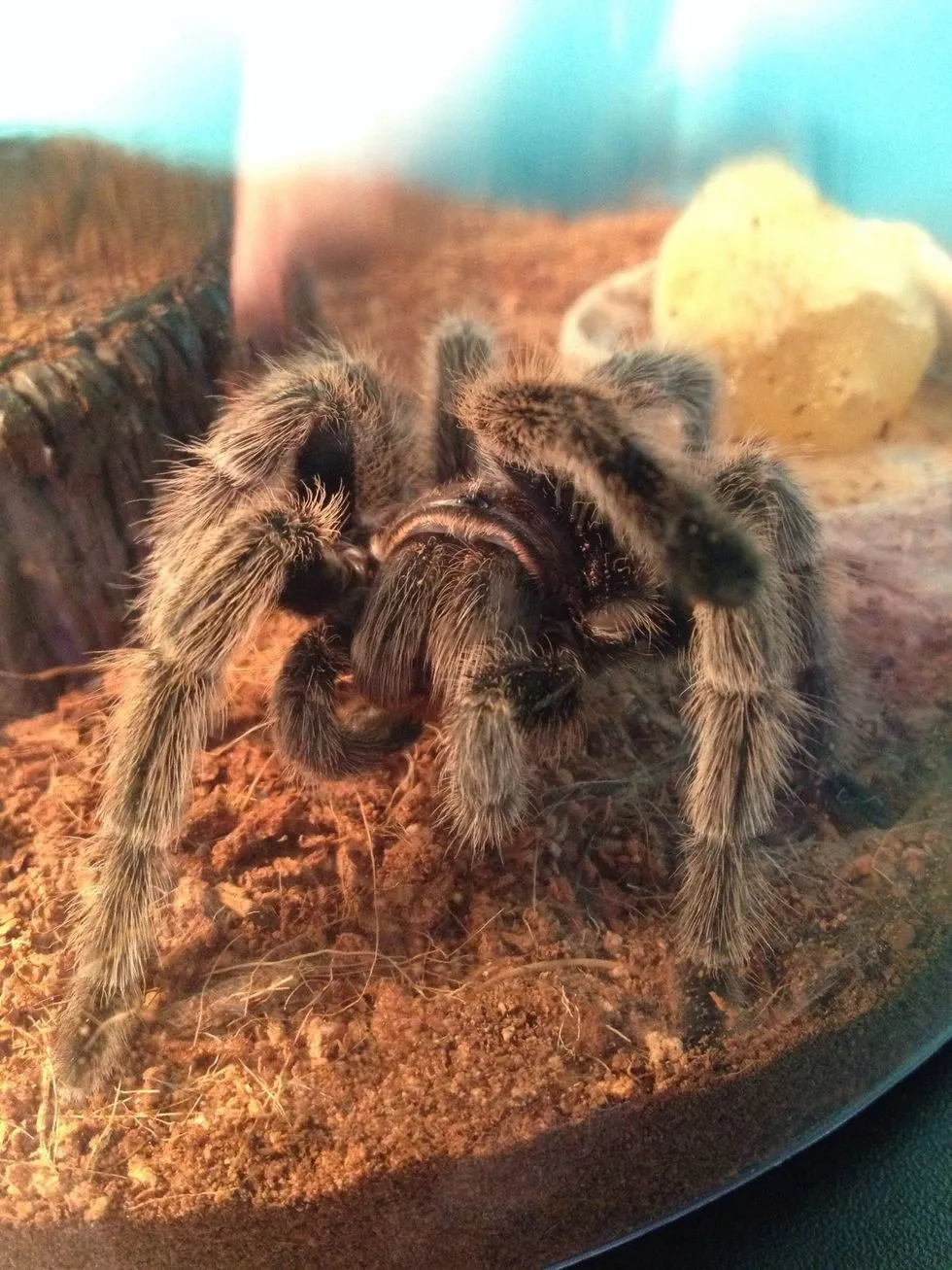
A digital thermometer with a probe is the most accurate and convenient way to monitor the temperature in your tarantula’s enclosure. Place the probe in the enclosure in a location representative of the overall temperature, typically near the substrate level. Digital thermometers provide an easy-to-read display of the current temperature, allowing you to quickly assess whether the enclosure is within the desired range. Some thermometers also measure humidity, which is another important factor in tarantula care. Be sure the thermometer can measure the minimum and maximum temperatures, so that you can check the extremes within the enclosure.
Placement of Thermometer
The placement of the thermometer probe is critical for accurate temperature readings. Place the probe in a location that reflects the overall temperature of the enclosure, not directly on the heat source. Avoid placing the probe directly on the glass or near the UTH, as this can give you a false reading. Placing the probe in the middle of the enclosure, slightly above the substrate, is usually the best practice. This allows you to monitor the temperature where the tarantula spends most of its time. Regularly check the thermometer readings and make adjustments to your heating system as needed to maintain the desired temperature range.
Humidity and Heating Interactions
Humidity and heat are interconnected in a tarantula’s enclosure, and both factors affect the tarantula’s health. Humidity levels are affected by the heat source, and maintaining the proper balance is important for the well-being of your rose hair tarantula. Incorrect humidity levels can be as harmful as incorrect temperatures, so you must ensure that the environment is suitable for your pet’s needs. Paying attention to both the heat and humidity will lead to a much happier and healthier tarantula.
Impact of Humidity on Heat
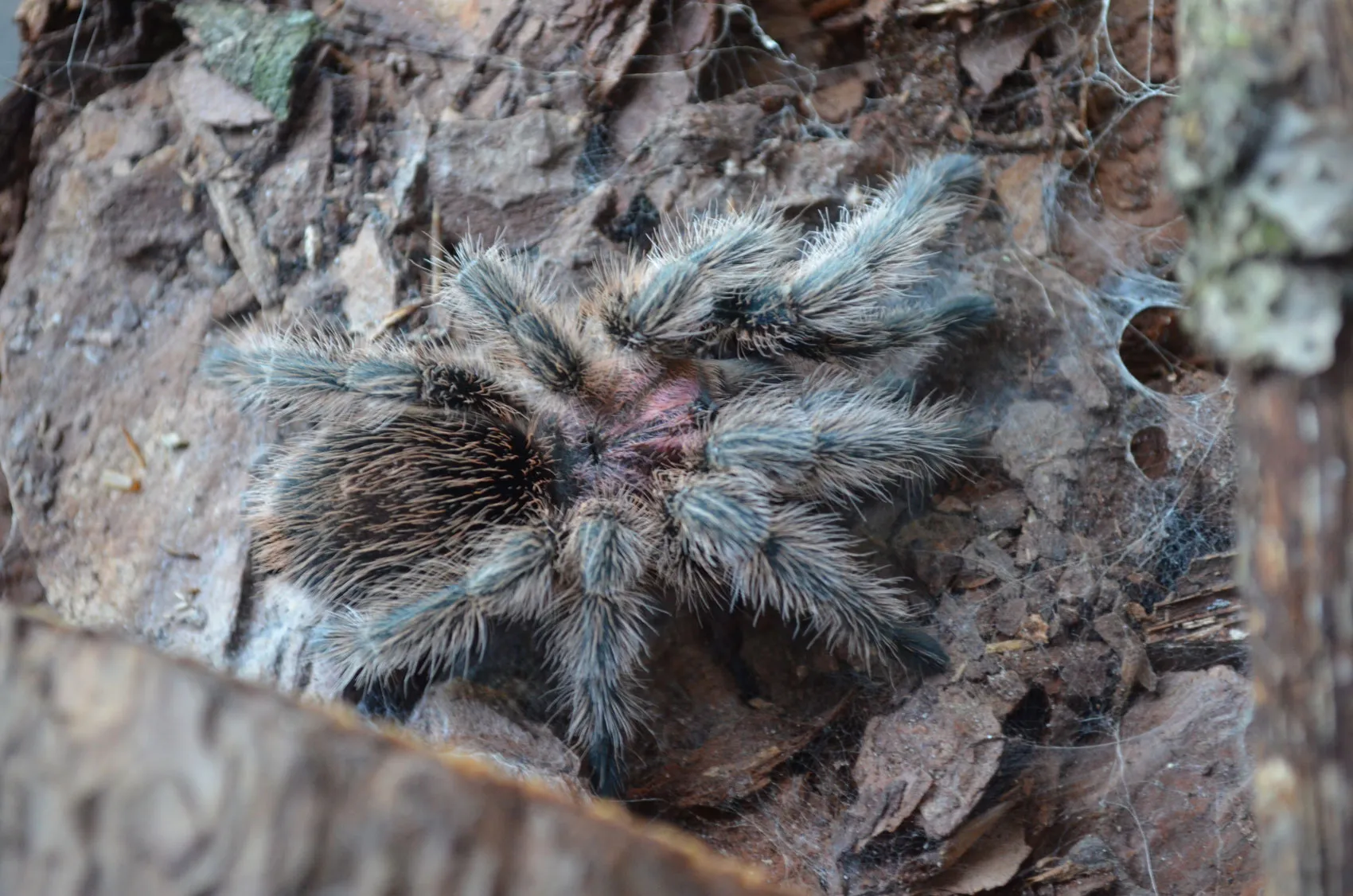
Heat can significantly impact the humidity levels within the enclosure. Heat sources can dry out the air, leading to lower humidity levels. Low humidity can cause dehydration and difficulty molting for your tarantula. Conversely, excessive humidity, especially when combined with heat, can create an environment conducive to mold and bacterial growth. This can be very dangerous for your tarantula. Therefore, it is essential to strike a balance between heat and humidity, monitoring both carefully to ensure the enclosure environment is ideal for your pet.
Adjusting Humidity Levels
To maintain the correct humidity levels, consider these adjustments. Misting the enclosure with dechlorinated water can increase humidity, but avoid over-misting, as this can lead to excess moisture. Providing a water dish is essential, as it allows the tarantula to drink and also contributes to humidity. The substrate you use also affects humidity; some substrates retain moisture better than others. For example, coco fiber and peat moss hold moisture well. Use a hygrometer to monitor humidity levels and make adjustments as needed to maintain the correct environment for your rose hair tarantula. Ventilation is another key factor in regulating humidity; ensure the enclosure has adequate ventilation to prevent mold growth.
Avoiding Overheating
Overheating is a serious concern for rose hair tarantulas, and it can lead to severe health problems or even death. Always be vigilant about monitoring the temperature in your tarantula’s enclosure, and take steps to prevent overheating. The signs of overheating can be subtle, so it is crucial to be aware of any changes in your tarantula’s behavior and habitat. Make sure you can quickly identify any red flags to prevent something serious from occurring.
Signs of Overheating
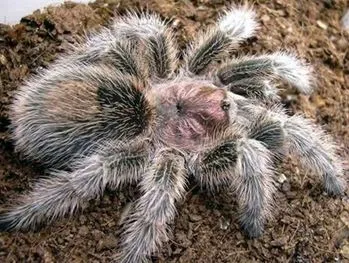
If your tarantula is too hot, it may exhibit several signs. These can include lethargy, a lack of appetite, and erratic behavior. The tarantula may also try to move away from the heat source or appear to be agitated. In extreme cases, you may see the tarantula twitching or having difficulty moving. The enclosure itself might show signs of overheating, such as dry substrate or condensation on the sides of the enclosure. If you observe any of these signs, take immediate action to cool down the enclosure and prevent further harm.
Emergency Procedures
If you suspect your rose hair tarantula is overheating, act quickly. First, turn off the heat source immediately. Move the enclosure to a cooler room, away from direct sunlight or other heat sources. Provide fresh, cool water in a shallow dish. Mist the enclosure lightly to help cool it down, but avoid soaking the substrate. If your tarantula shows severe signs of overheating, such as twitching or paralysis, seek veterinary advice immediately. Cooling the enclosure and providing water are immediate actions that can help save your tarantula, but always prioritize professional assistance if necessary. Be prepared to take action to prevent issues before they arise.
Conclusion
Providing the correct heat is a fundamental aspect of responsible rose hair tarantula ownership. By understanding the importance of heat, the optimal temperature range, and the available heating methods, you can create a healthy and thriving environment for your pet. Always monitor temperature and humidity, and be prepared to take action if problems arise. Prioritizing your tarantula’s well-being through careful temperature management will allow you to enjoy the company of these fascinating creatures for many years to come. Keeping them at the right temperature is not just about comfort but ensuring their long-term survival and happiness. Remember to research and continuously learn to give your rose hair tarantula the best life possible.
